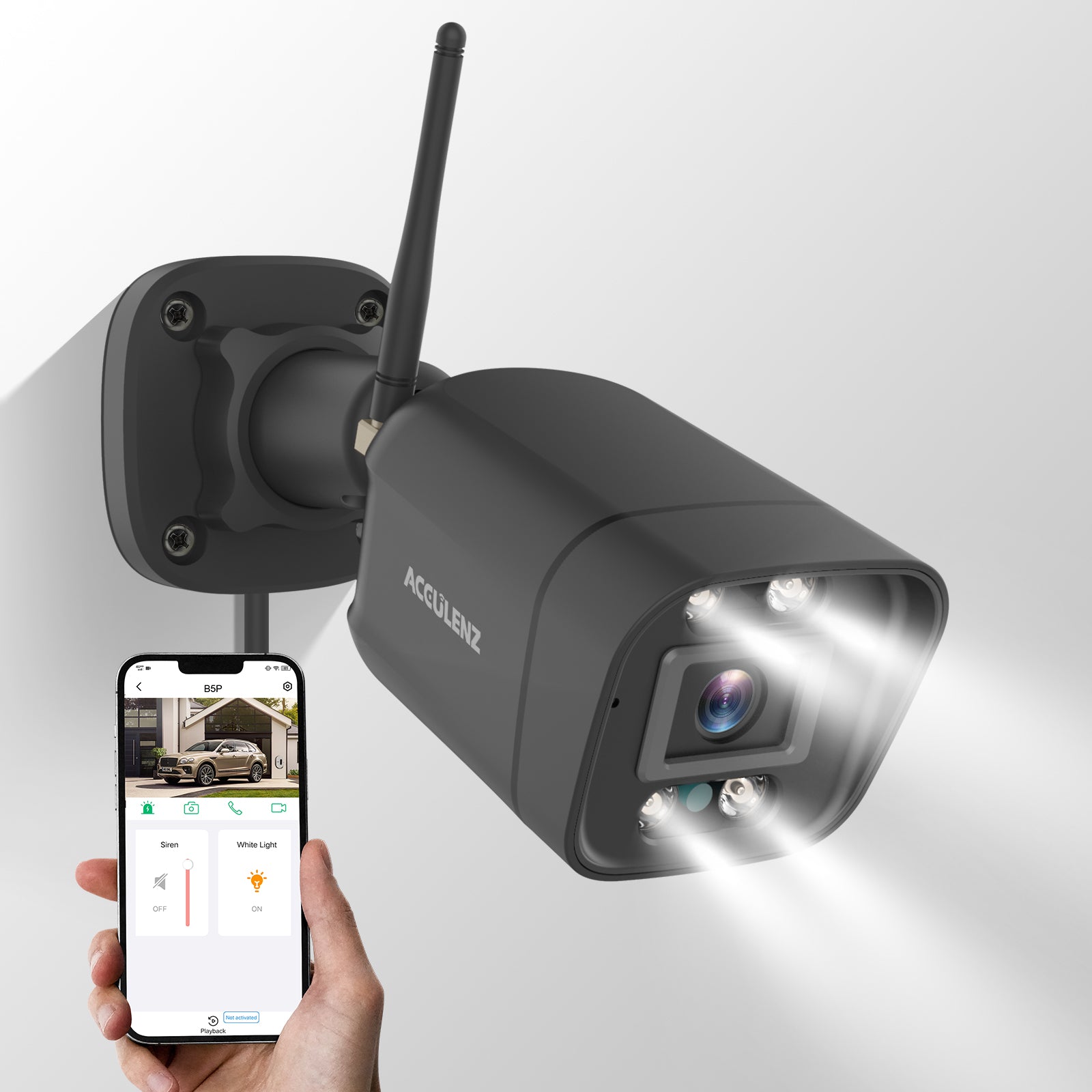Hi all, first post.
I have been using a CCTV outdoor camera for years and now want to convert to an IP Camera. The existing outdoor camera is BNC for which I have a cable running from the camera to a DVR in my office. The new IP camera can run on WIFI with an option of an HDMI cable, but I wanted to connect with the existing BNC cable to a LAN and view the video on my computer.
Seems I'll need to go from HDMI cable on the IP camera to BNC cable and back to HDMI cable to connect with my network. Goggle search shows converters for this purpose.
Needing some advice on how to make this work. For instance, will I need two converters - HDMI to BNC then BNC to HDMI?
Thanks in advance.
I have been using a CCTV outdoor camera for years and now want to convert to an IP Camera. The existing outdoor camera is BNC for which I have a cable running from the camera to a DVR in my office. The new IP camera can run on WIFI with an option of an HDMI cable, but I wanted to connect with the existing BNC cable to a LAN and view the video on my computer.
Seems I'll need to go from HDMI cable on the IP camera to BNC cable and back to HDMI cable to connect with my network. Goggle search shows converters for this purpose.
Needing some advice on how to make this work. For instance, will I need two converters - HDMI to BNC then BNC to HDMI?
Thanks in advance.




